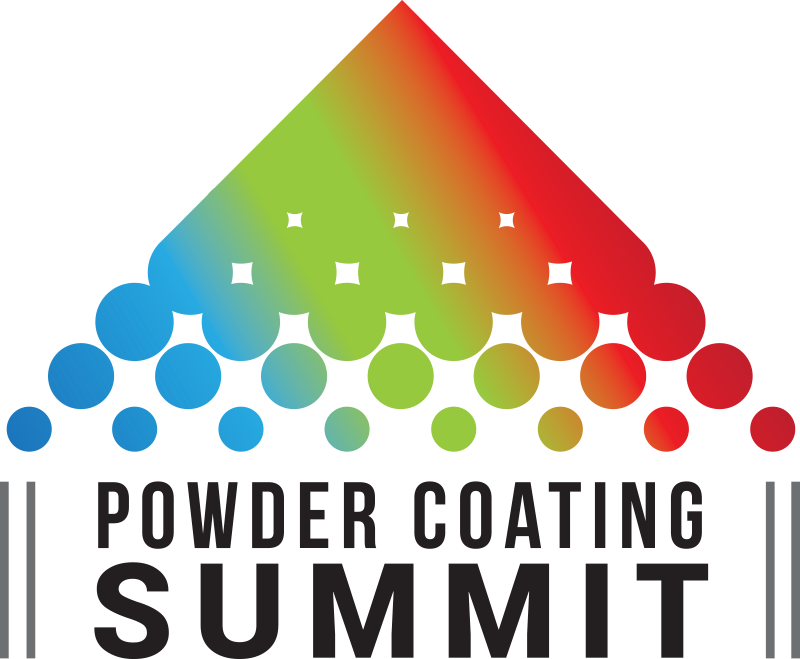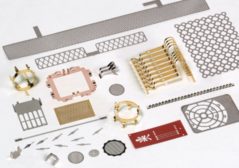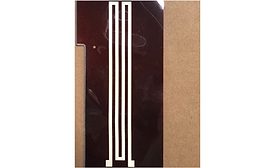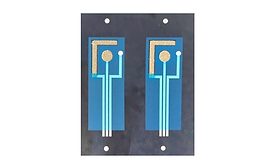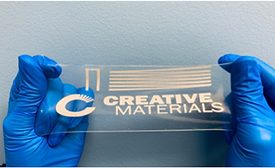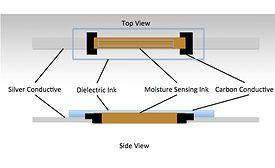Home » Keywords: » conductive coating
Items Tagged with 'conductive coating'
ARTICLES
Escaping the PFAS Ban
Antimony-Doped Tin Oxide-Based Antistatic Coatings vs. PEDOT and Fluorinated Anion-Based Antistatic Additives
Read More
Keep the info flowing with our eNewsletters!
Get the latest industry updates tailored your way.
JOIN TODAY!Copyright ©2025. All Rights Reserved BNP Media.
Design, CMS, Hosting & Web Development :: ePublishing
